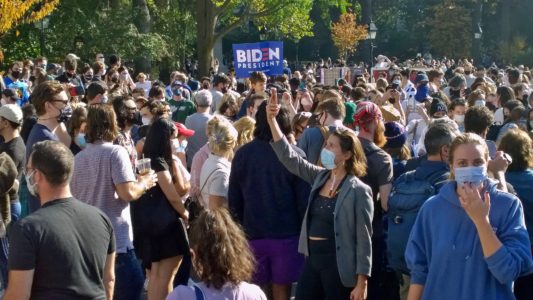It gives me great pleasure to support transportation policies that enhance communities particularly North Brooklyn, which makes up a majority of my district and over the years has been plagued by traffic injuries and deaths. In the case of North Brooklyn, where a renaissance has occurred, transportation policy must also be formulated in accordance with shifting needs.
North Brooklyn has emerged as an alternative to Manhattan for many creative and technology businesses. Along with an ever-increasing residential population, North Brooklyn has seen exponential increases in cyclists and pedestrians. Formulating policies that take into account these shifts are not only beneficial, but necessary.The concept of a live/work community is not new to the area. In the 19th century, North Brooklyn became the most heavily industrialized area of New York City. Housing for workers within walking distance of factories seemed to be the next logical step, and a live/work community was born.Manufacturing steadily declined during the end of the 20th century. But recently, new sectors have emerged ranging from small scale manufacturing to innovative media companies. The area has welcomed newcomers, and their creativity has woven itself into the fabric of North Brooklyn.Although a shift back to a live/work community is happening before our eyes, we must take into account its side effects most importantly, the increase of cyclists and pedestrians.Transportation policy must also shift. Since 2011, I have introduced legislation to create a pilot speed camera program on McGuinness Boulevard a major thoroughfare notorious for traffic accidents. This pilot eventually led to the speed camera program introduced last September in school zones. This is a step in the right direction, but we need more speed cameras with fewer restrictions. Creating a balanced network of speed cameras is paramount to slowing drivers down, and making the areas around schools safer for children.In addition, we need to lower the speed limit. No longer is 30 mph a safe default. We need to make this speed limit 20 or 25 mph, to lessen the severity of injuries from accidents.Former DOT Commissioner Janette Sadik-Khan began to make the necessary changes to support cyclists and pedestrians including the approval of a dedicated bike lane on the Pulaski Bridge. Likewise, Mayor Bill de Blasio and DOT Commissioner Polly Trottenberg realize the need to make our streets safer, evidenced in the Vision Zero plan.Along with this plan, they recently introduced a city-wide Arterial Slow Zone program to slow drivers on major roadways, and I am hopeful that McGuinness Boulevard will be part of this program. I would like to urge my colleagues in Albany to realize the importance of these policies and make the right choice in making our streets safer, while also saving lives.Assemblymember Joseph Lentol represents the 50th A.D.Guest Op-Ed: Shaping transportation policy for live/work communities

Assemblymember Joseph Lentol
 Locals weigh in after Biden declares victory
Locals weigh in after Biden declares victory